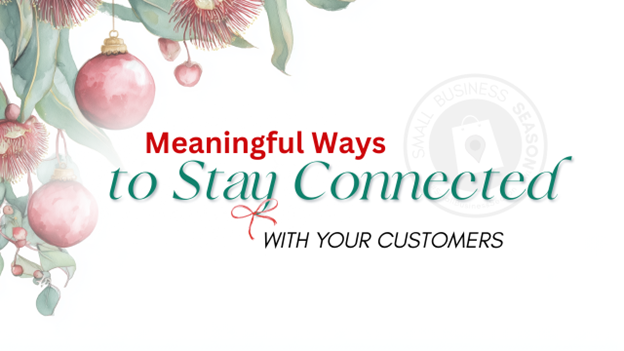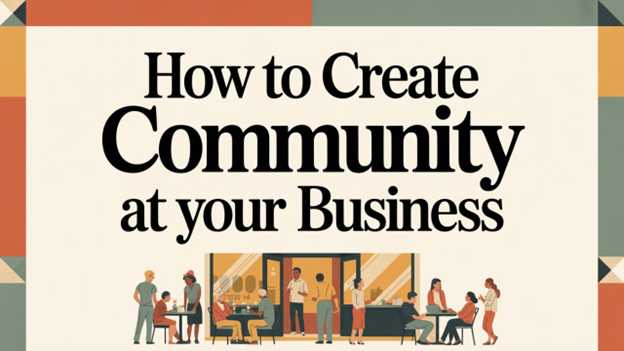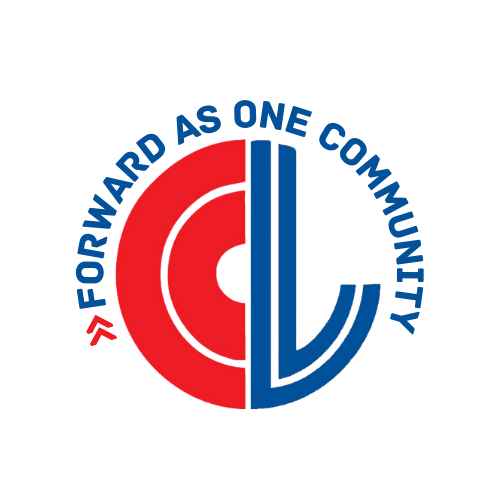The Risks of Announcing Changes: Why Businesses Should Think Twice
- Constantly announcing minor changes can create confusion; businesses should focus on strategic messaging that highlights value and benefits.
- Effective brand positioning is key to customer loyalty, aligning messaging with brand values fosters trust over time.
- Celebrating milestones, such as anniversaries or achievements, can enhance brand image and engage customers.
- A strong company culture that prioritizes transparency and employee well-being positively impacts external brand perception.
- A proactive communication strategy emphasizes accomplishments and reinforces unique value propositions, building lasting customer relationships.
609 ~ 3 min. read
In the business world, change is constant—whether it’s operating hours, pricing, or staffing. For some businesses, changes might feel significant, especially if they occur infrequently. For instance, if your restaurant decides to close on Mondays to capitalize on busier weekends, it likely reflects that Mondays are quieter than Sundays. This shift doesn’t require an apology to your customers; rather, it should be seen as a celebration of the thriving Sunday business. Similarly, if your signature menu item is priced at $18 in one franchise while averaging $10 elsewhere, there's no need for you, as a business owner, to comment on this discrepancy. Addressing such outliers isn't a strategic communication approach; it’s a reaction.
Constant communication about every little change in your business can lead to confusion rather than clarity. Businesses should focus on strategic messaging that highlights the value and benefits of their offerings, rather than responding to every shift in operations. Instead of making statements that could be misconstrued or could raise unnecessary concerns among customers, companies should develop a clear communication strategy. This involves prioritizing updates that support a narrative that reinforces brand positioning while maintaining customer loyalty. By highlighting improvements and celebrating milestones—like extending hours during busy periods or updating business hours to better serve your staff—businesses can foster a positive perception without the need for reactionary statements that may dilute their message or brand identity. Read on to learn how you can flip the script on changes to your business and use attention to support your brand reputation and business goals.
Brand Positioning Builds Customer Loyalty
Effective brand positioning is crucial for standing out and building customer loyalty. For instance, a tech company might emphasize its commitment to innovation by showcasing how its latest software update enhances user experience. By consistently aligning messaging with brand values, businesses can create a strong identity that resonates with customers and fosters trust over time.
Celebrating Milestones Fosters a Positive Brand Image
Celebrating milestones is another powerful way to reinforce brand positioning and create a positive image. For example, a restaurant chain could highlight its anniversary by launching a special menu or hosting community events. Sharing these achievements on social media not only engages customers but also cultivates a sense of belonging and loyalty. Recognizing milestones, like reaching a certain number of customers served or launching a new product line, can elevate the brand narrative and show appreciation for the clientele that supported the journey. This approach allows you to say 'thank you' in a fun and tangible way.
Company Culture Wins
Company culture plays a significant role in how a brand is perceived externally. A business that prioritizes transparency and open communication can create a culture that resonates with customers and employees alike. For instance, a retail company might organize regular team-building activities and share behind-the-scenes content that showcases its commitment to employee well-being. This not only strengthens internal morale but also reflects positively on the brand, as customers are often drawn to companies that genuinely care about their staff. By aligning company culture with brand messaging, businesses can cultivate a loyal customer base that identifies with their values.
The Takeaway
Navigating changes within a business requires a thoughtful approach to communication that prioritizes clarity and strategic messaging. Instead of making statements about every operational shift, businesses should focus on the bigger picture, celebrating accomplishments and reinforcing their unique value propositions. By emphasizing brand positioning and aligning internal culture with external messaging, companies can build enduring relationships with customers that foster loyalty and trust. A proactive communication strategy not only enhances public perception but also cultivates a sense of community, ultimately creating a more resilient and adaptable business.
---
The Leavenworth-Lansing Area Chamber of Commerce is a private non-profit organization that aims to support the growth and development of local businesses and our regional economy. We strive to create content that not only educates but also fosters a sense of connection and collaboration among our readers. Join us as we explore topics such as economic development, networking opportunities, upcoming events, and success stories from our vibrant community. Our resources provide insights, advice, and news that are relevant to business owners, entrepreneurs, and community members alike. The Chamber has been granted license to publish this content provided by Chamber Today, a service of ChamberThink Strategies LLC.




